At the point when a reinforcement generator isn’t as a rule appropriately nurtured, there are a few reasons that it may not begin.
These intricate machines are fundamental to your business in case of a startling blackout; however they likewise require customary upkeep on the off chance that you need to keep them fit as a fiddle.
On the off chance that your genset is having issues, it may be one of these basic issues.
Table of Contents
Your Battery Is Dead
A dead battery is the absolute most basic issue with generators. As a rule, battery disappointment will require incomplete or finish substitution to take care of the issue. Specialists suggest supplanting your battery at regular intervals to stay away from issues. To augment the life of your battery, take after these proposals:
- Think about your needs and uses of the battery
- Buy the right battery estimate
- Timetable customary battery upkeep
- Screen your battery and keep up producer rules
- Your Fuel Level Is Off the Mark
Almost all gensets have worked in cautions to stamp fuel levels that are either too high or too low. The vast majority can make sense of the answer for low fuel levels — simply add more fuel to your generator. Be that as it may, a high fuel alert might be a bit confounding for new generator proprietors.
More often than not, there’s nothing to stress over with this caution; it should clear itself when the fuel level dips under the abnormal state stamp. In any case, know that some gensets may expect you to physically reset the caution.
You Have An Oil, Fuel, or Coolant Leak
On the off chance that your genset is releasing, the best activity is calling a qualified professional to come and fix or supplant the important segments. Nonetheless, your generator can once in a while enroll a hole when in truth there is no break by any stretch of the imagination.
This happens when your generator isn’t running consistently enough. At the point when that happens, carbon particles, unburned fuel, lube oil, consolidated water, and acids in the fumes framework can gather in a procedure called wet stacking. At the point when that happens, you just load the unit for a couple of hours, until the point that the surplus flotsam and jetsam consumes off.
There’s Air in the Fuel System
Indeed, even a little rise of air in an injector can forestall startup. On the off chance that enough of your injectors don’t fire on start, at that point your generator’s engine won’t begin. In more seasoned models, this implies there’s regularly a break in your line. Then again, in light of the fact that cutting edge generators have frequently been all the more finely adjusted, they’re more helpless to air contrarily influencing startup.
Air in your fuel framework is effectively maintained a strategic distance from by basically running your generator for around 5 minutes consistently to check that your engine will begin. This will guarantee that any air is cleared from the framework and that the voltage and frequency are operating at the levels you require them to.
Your Auto-On Feature Is Off
Infrequently, your generator won’t begin since its auto controls have been left in the “Off” position after a standard test or investigation. Ensure that you watch out for this by and by as well as that you comprehend the different capacities and settings that may trip a “not in auto” caution on your generator.
Frequently Asked Questions about reasons for generator failure
What are some common reasons for a generator failing to start or produce power?
- Lack of fuel or contaminated fuel.
- Battery issues, such as being dead, damaged, or not properly connected.
- Problems with the ignition system.
What can cause a generator to overheat?
- Inadequate cooling due to dirt or debris blocking airflow.
- Overloading the generator beyond its capacity.
- Faulty cooling system components.
Why might a generator fail to transfer power during an outage?
- Malfunctioning automatic transfer switch (ATS), which detects power loss and starts the generator.
- Insufficient or contaminated fuel supply to generate power.
- Wiring or connection problems between the generator and electrical system.
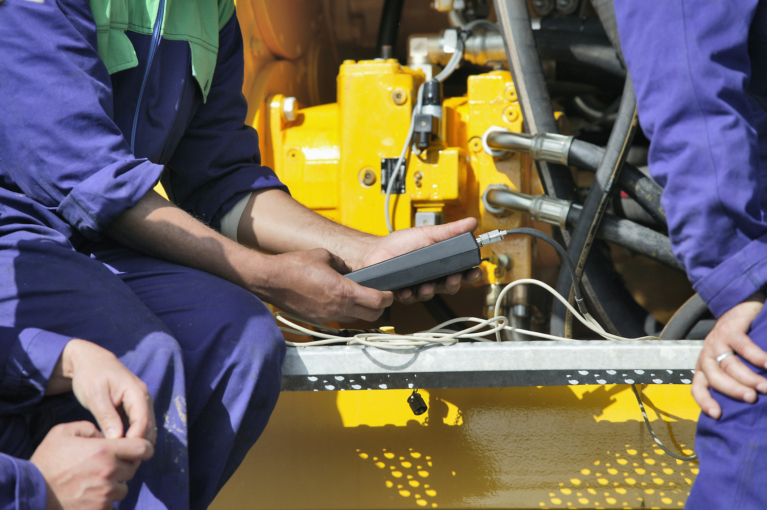

![Commercial Generators Buying Guide 2024 [By Generator Specialist]](https://www.midamericaengine.com/wp-content/uploads/2016/07/Another-Commercial-Power-Project-Completed-500x383.jpg)
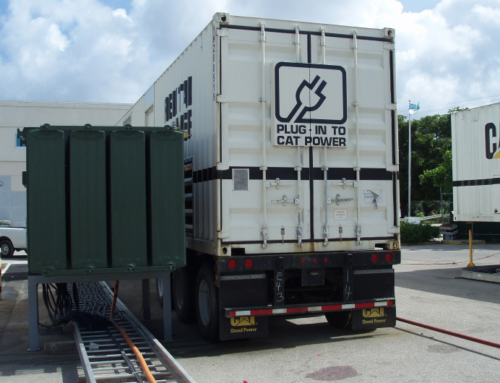
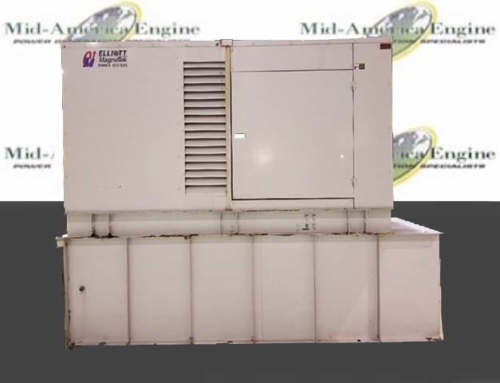
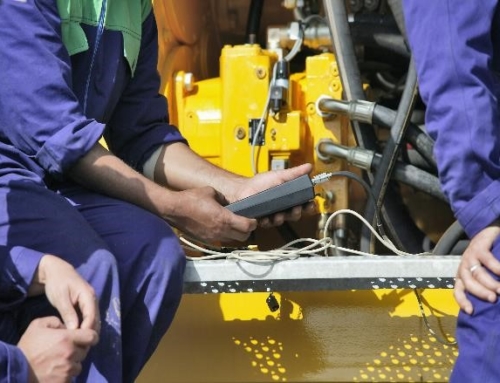
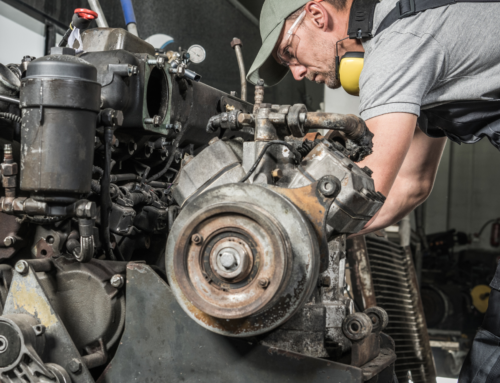



![Commercial Generators Buying Guide 2024 [By Generator Specialist] 6 Commercial Generator](https://www.midamericaengine.com/wp-content/uploads/2016/07/Another-Commercial-Power-Project-Completed-66x66.jpg)
![Natural Gas Generators Buying Guide 2024 [By Generator Specialist] 7 natural gas generators](https://www.midamericaengine.com/wp-content/uploads/2018/09/IMG_8223.JPG-66x66.jpeg)

Leave A Comment